At the end of Block 3, our cohort had the exciting opportunity of taking our learning to Barkerville in central BC, where we engaged in place responsive learning activities.
Art Start
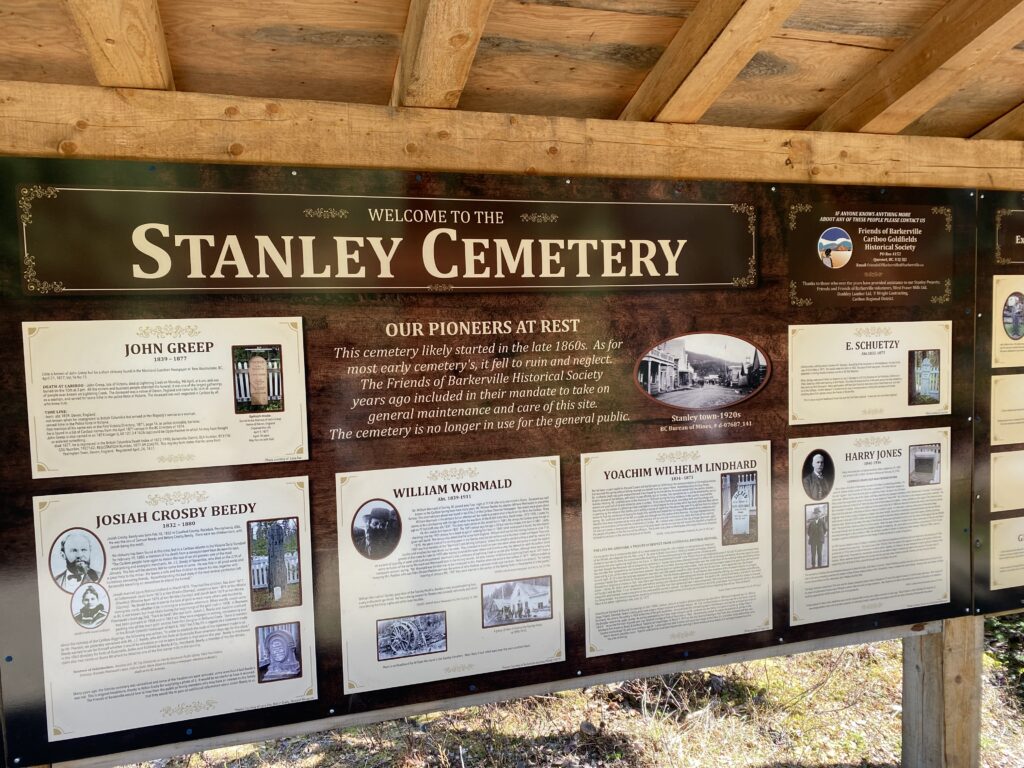
Our first stop of our learning journey was at Stanley Cemetery, which was previously a small settlement during the time of the gold rush in the 19th and early 20th century. Although the only remaining building of the town is an abandoned structure that used to operate as a hotel, we engaged in an activity to help us connect with the place and the history that took place here. Our class began with an Art Start, where we each found an area or object to sketch from our own perspectives while included an element of challenge to deepen our perspective and connection with the place. I chose a wooden gravestone that was overgrown with branches that had new buds growing. To me, this displayed both the past and present represented simultaneously in a single moment. It reminded me that nature has existed long before we explored this area, and will prevail afterwards. I found this activity to be a grounding experience and good way to connect with the sense of place before furthering our learning. I believe this would be an excellent activity to engage students learning through different perspectives, and allow them the time to focus on the small details. Here is my sample from the Art Start activity!

Panning for gold!
After our Art Start activity, we made our way to the river where we learned how to pan for gold. I had so much fun learning the techniques useful in sifting through the rocks and exploring the land for gold. It was an interesting experience and providing insight into the hardwork and patience necessary for the goldmines who once settled in the area during the gold rush. Reflecting on this, I learned the value and importance of providing experiential learning opportunities for students to further connect with the content. These learning moments foster memories that students can carry with them to deepen their understanding. Here are some pictures of us panning for gold 🙂

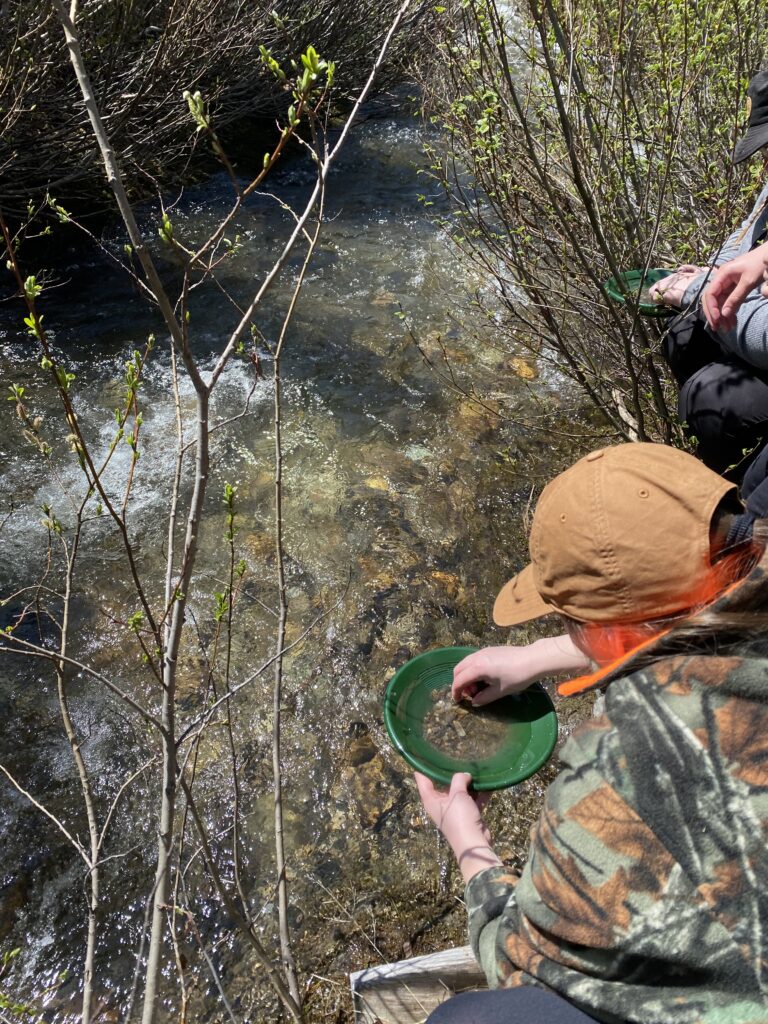
Walking Tour
When we arrived at Barkerville, our cohort engaged in a walking tour of China Town. This informative tour provided further insight to what life was like during the 19th century in the China Town community of Barkerville. The tour guide discussed what life was like on the long journey to the remote central region of BC and what daily life looked like during this time. It was interesting to listen to the tour guide as we walked among the buildings where these events took place and were frozen in time. Here are some moments captured during our walking tour of Barkerville.

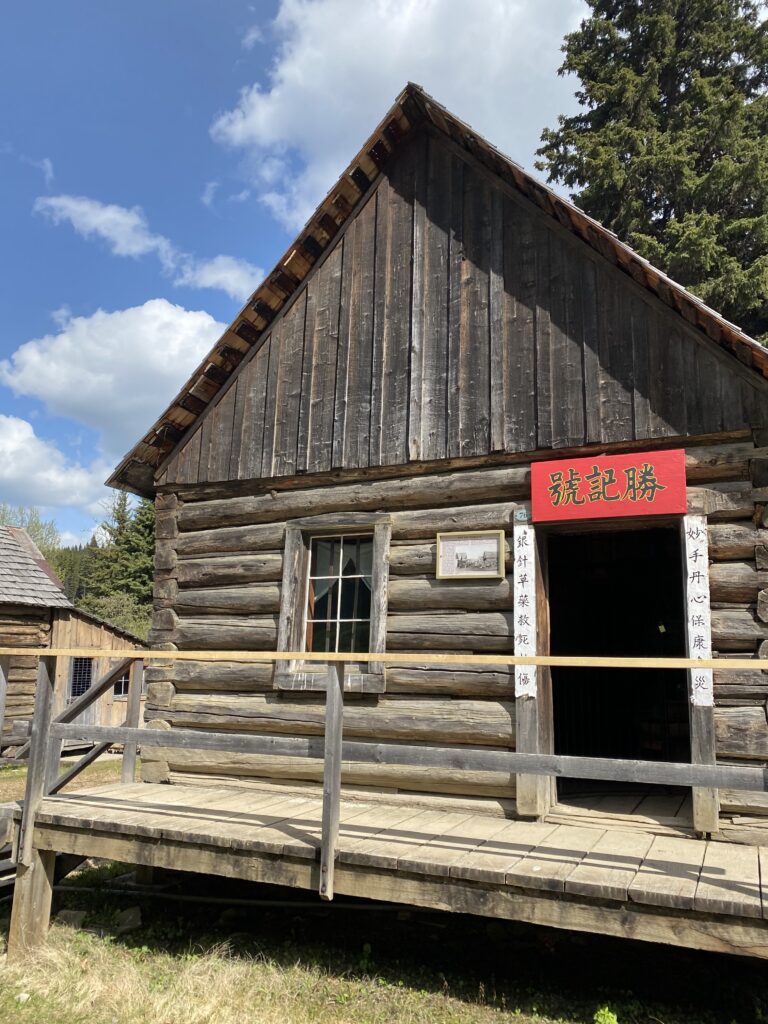

Sound Walk
The following day, we engaged in a Sound Walk activity where we explored the town either individually or in small groups. I found this activity to be very grounding and helped me to connect with the present moment in our Barkerville journey. I was able to hear the present sounds that made Barkerville come to life today, such as the tour guides, children and families exploring, horses pulling carriage tours, etc. I was also able to hear the rushing of the water down the river where gold miners struck rich with gold many years ago. I could hear the wind rustling the leaves and the birds chirping, sounds that would have been present in the 1860’s when the town was first established. The sounds connected both the history and the present moment of Barkerville. I believe a sound walk is an excellent learning activity for students to engage in many cross-curricular areas, as it connects their five sense to further connect their learning with the present moment. It also engages the core competencies, allowing students to practice critical and reflective thinking to examine their own thinking and that of others. Here are some moments I captured during my sound walk at Barkerville.
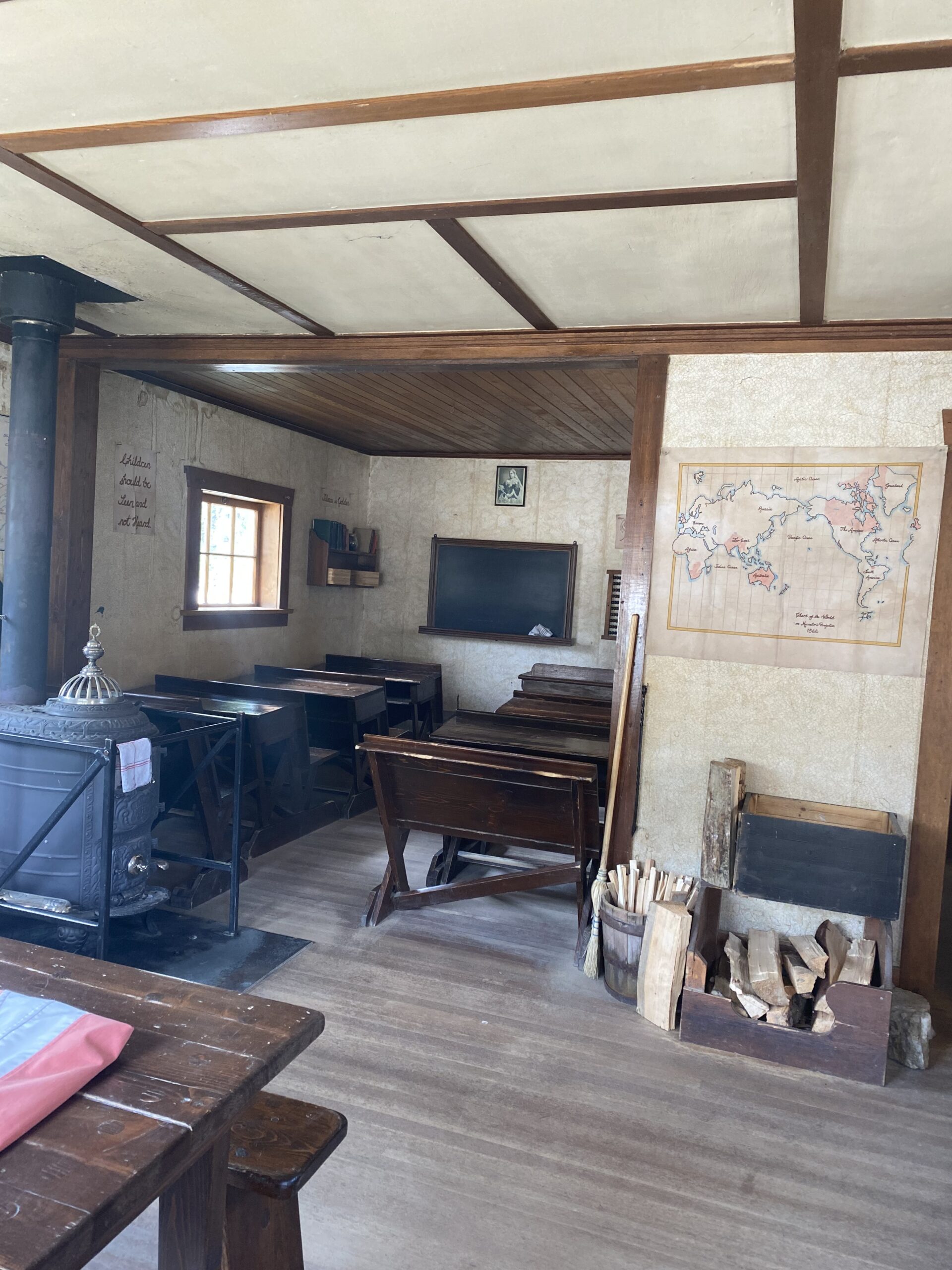
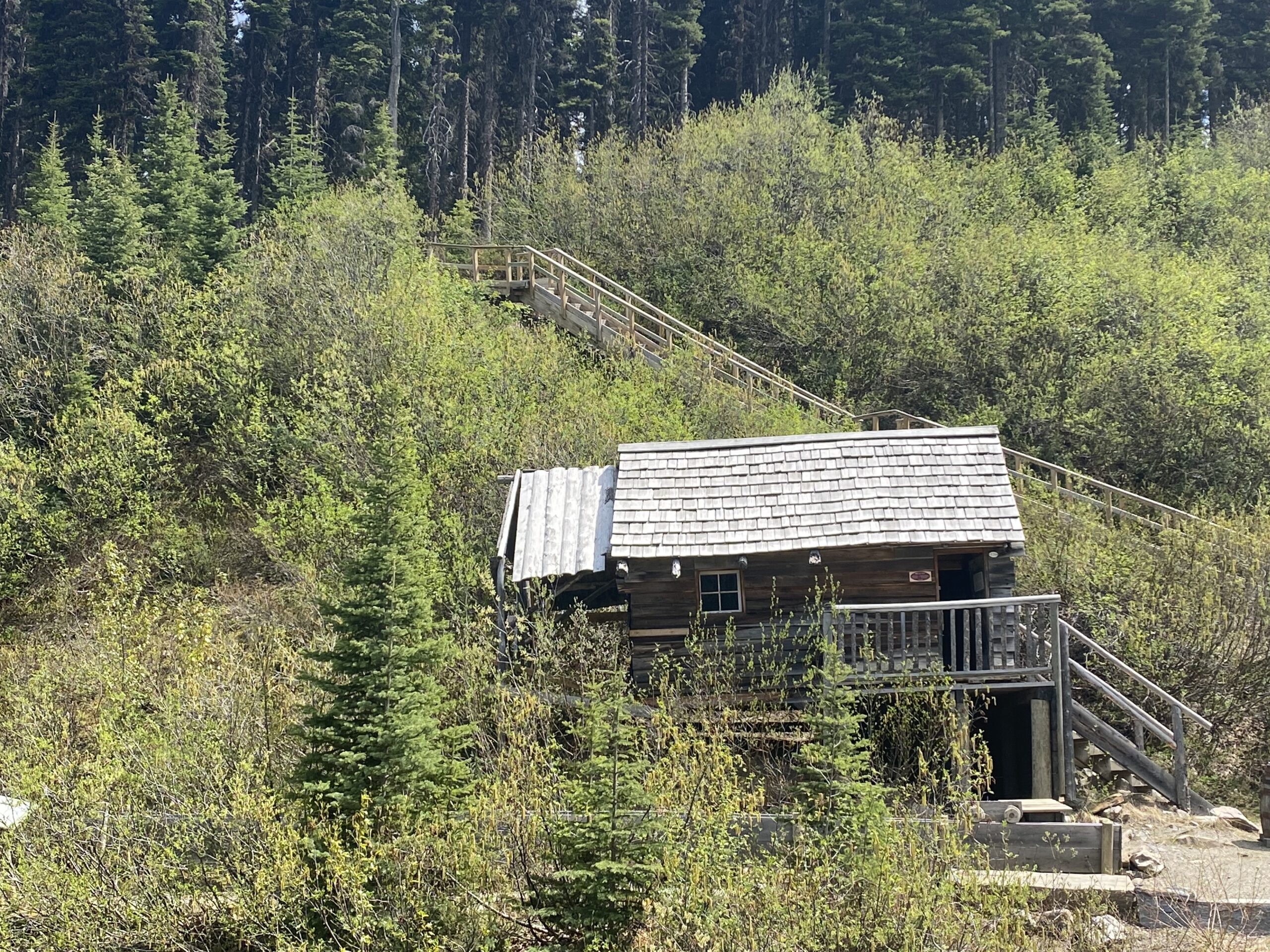
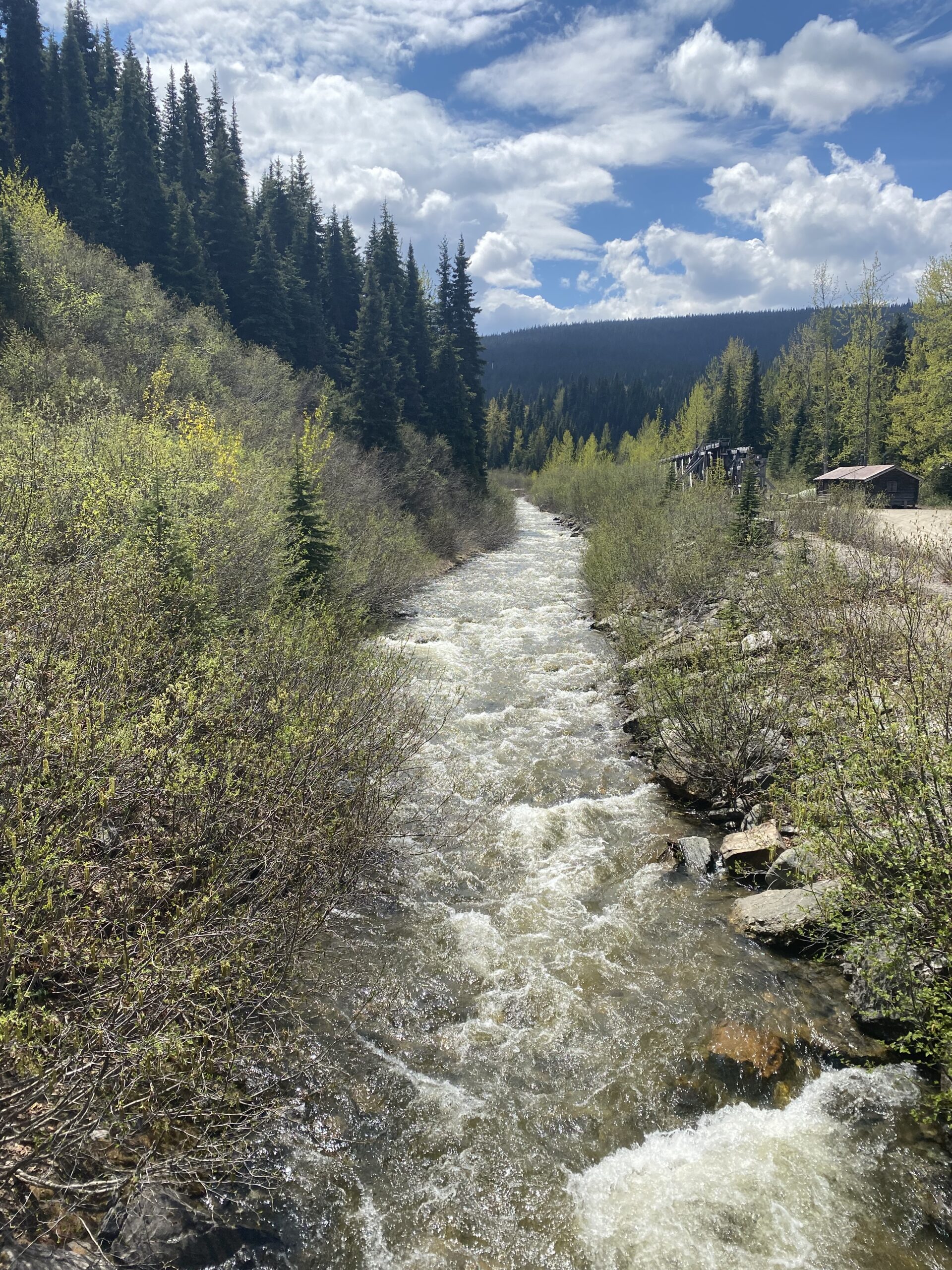
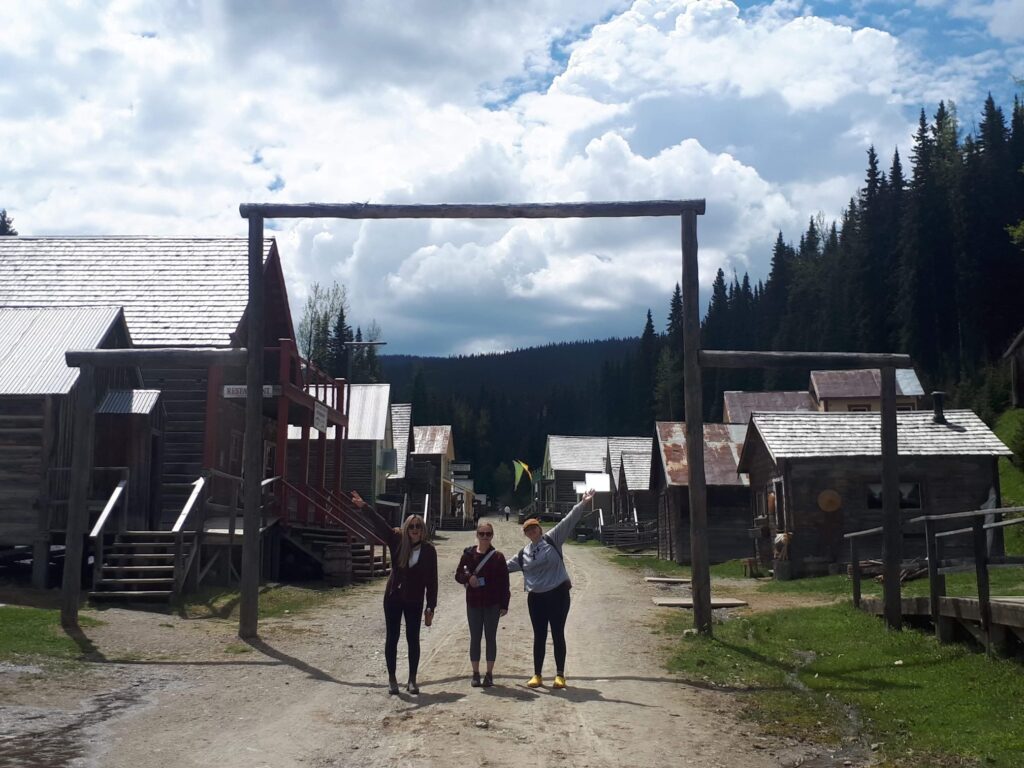
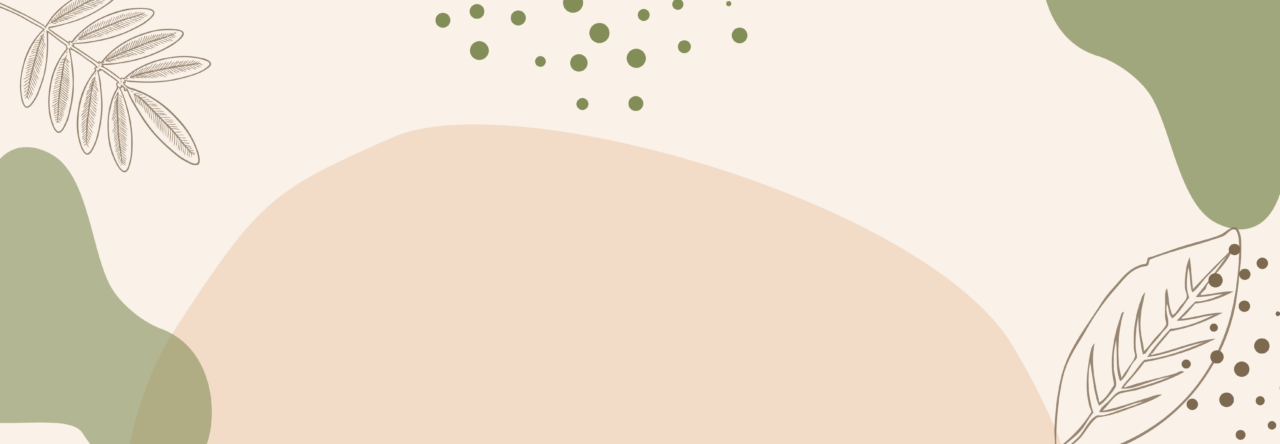
Leave a Reply